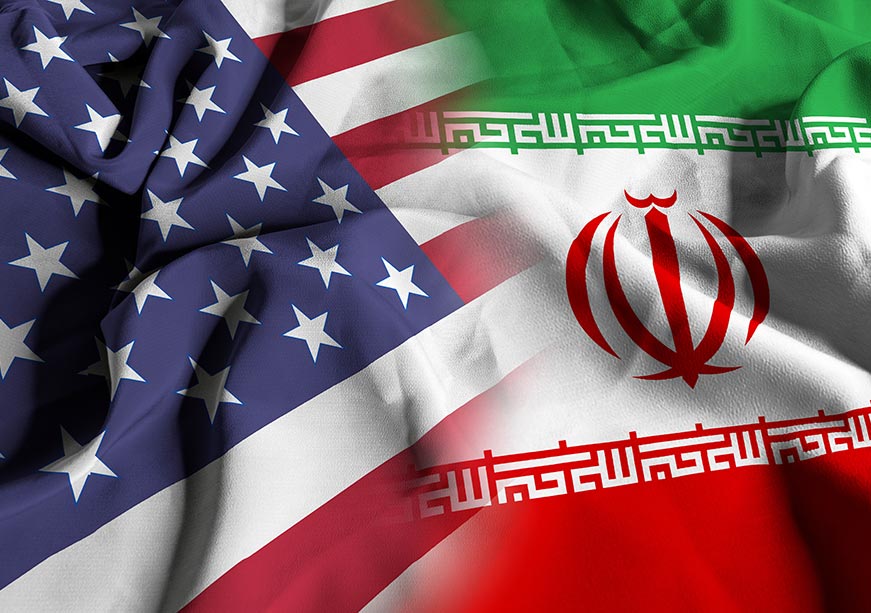Gas in its varied avatars is going to become the most important bridge fuel for the next decades at least, with the world probably going to see very different gas markets dictating the geo-politics of the future.

Gas in its varied avatars is going to become the most important bridge fuel for the next decades at least, with the world probably going to see very different gas markets dictating the geo-politics of the future.
This scenario was forecast at the OECD Forum 2012 by Mr. Sunjoy Joshi, the Director of Observer Research Foundation while participating in a panel discussion on "Focus on Energy" in Paris on May 23.
Mr. Joshi pointed out that among the options being explored by Russians and Central Asian producers is to export gas to the energy hungry markets of India and China. He said it is very apparent that Russian and Central Asian gas has to find a home in Asian markets.
He said India’s gas consumption is set to rise from 187 MMSCMD (2.4 TCF) in 2012-2013 to touch 531 MMSCMD (6.84 TCF) by 2022. India’s LNG imports will rise from 63 MMSCMD (0.81 TCF) in 2012 to touch 288 MMSCMD (3.71 TCF) by 2021-22 and will account for 54% of domestic consumption.
Mr. Joshi said China’s gas consumption is also set to rise from 3.8 TCF to touch 9.9 TCF by 2030 while its conventional gas production is set to rise from 3 TCF to 6 TCF by 2030. China’s tight gas/shale gas/CBM is likely to commence producing from 0.2 TCF in 2012 to touch 3.09 TCF by 2030. China’s LNG and pipeline imports are expected to touch 4.4 TCF by 2030, accounting for 45% of domestic consumption. It is quite likely that growing levels of shale in China may reduce China’s LNG imports making India the only possible market in Asia, Mr. Joshi pointed out.
Mr. Joshi said though Central Asia has enough gas and India is a major market, these pipelines would take a long time to build and would have to cross some very inhospitable terrain. The landed gas price in India would be $12.5/mmbtu which, given the current LNG prices, makes it competitive.
Mr. Joshi said he believes that Indian and Chinese gas markets will progressively improve and become better integrated with global markets increasing their attractiveness. This market integration will be helped by the softening of European Union markets as well as increasing shale gas resources in the US. The combined effect will be to reduce the competition for gas closer home in Asian markets, he said.
"In such a scenario, the world is probably going to see very different gas markets dictate the geo-politics of the future. Gas therefore in its varied avatars will become the most important bridge fuel for the next two decades," Mr. Joshi argued.
Mr. Joshi said for India, nuclear energy is its "long term energy insurance policy".
 "It (nuclear energy) does not solve India’s energy problem today nor does it do so in any substantial way over the next 20 years. However, like all insurance policies the country needs to stay invested in this sector for its long term energy security beyond 2050", Mr. Joshi said.
"It (nuclear energy) does not solve India’s energy problem today nor does it do so in any substantial way over the next 20 years. However, like all insurance policies the country needs to stay invested in this sector for its long term energy security beyond 2050", Mr. Joshi said.
Explaining India’s energy mix, Mr. Joshi said India has an installed capacity of 200 GW and an additional captive capacity of 35 GW. In this, the share of coal is as large as 112 GW, almost 56 (70) % while the nuclear energy is merely 4.5 GW 2.4 (3.7)%. The share of renewables is 25 GW 12.3 (3.25)%, the share of hydro 40 GW 20 (12.7)% and gas 18 GW 9.2 (11)%
In 2030, coal is likely to contribute 300 GW 55 (63)% while nuclear energy is estimated to be just 40 GW 7 (9)%. Hydro, renewable resources and gas are estimated to contribute much higher than the nuclear, with estimates of (hydro) 90 GW (9) %, (renewables) 60 GW 10 (4) % and (gas) 60 GW 11 (12)%.
Even for the modest goals of poverty alleviation, India requires four times the present power generation -- 0.25 KW per person or 3250 TW hours per year. The question is what kind of fuel mix would enable India to reach this very necessary modest goal in terms of reducing its energy (and concomitantly human) poverty by 2032, Mr. Joshi said.
If the full projected 300 GW coal based capacity were to operate at 85% PLF consuming 0.65 kg of domestic coal per KWh, then about 1400 million tonnes of coal would be required to generate 2200 TWh by 2032, he said.
The average annual incremental growth required in coal production required would have to average an additional 43 million tonnes per year against the recent rate of increase of 18 million tonnes. "The problem is that even if this growth in coal mining and transport were achievable, the dilemma is that the current estimate of extractable coal reserves (of 40-58 billion tonnes) would have been reduced to about half by 2032 and would anyway last only until 2050-60! With coal-fired power plants having lifetimes of 35-50 years, dwindling coal reserves will therefore limit any capacity growth addition based on domestic coal well before 2032," Mr. Joshi said.
Assuming that 100 GW of capacity addition will go on to utilize supercritical technology and operating on imported coal, 300 million tonnes of imported coal imports will be required to generate about 800 TWh in 2032 at a coal burn rate of 0.4 kg per KWh, he pointed out.
But the Director General of the Nuclear Energy Agency, Mr. Luis Echavarri, said he believed that the structure of energy production in the world will remain the same in the next 20 years. He said this will be so because of cost and limitations in the use of renewable energy.
"After Fukushima, some countries have decided to close the plant and decided to switch to renewable sources. But if you close the plant now, you have to use only the remaining capacity. For example, Japan is now using more gas and coal," he said.
According to him, a renewable energy has several limitations.
"They can not be used due to natural causes, we need backup power. In addition, we need much more capital for their development, so I think that in the next 20 years, the structure of production will remain the same," the head of the nuclear agency said.
The other speakers during the session were Mr. Anatoly Moskalenko, Member of the Management Committee and Vice President, Human Resources Management and Corporate Structure Development, OAO LUKOIL, Russian Federation and Mr. Nikolai Spasskiy, Deputy Director General, Rosatom, Russian Federation.
The two-day OECD Forum, which began on May 22, had sessions on various areas like ’Talking about a more inclusive economy’, ’Voting vs Protesting’, ’Promoting women champions’, ’Entrepreneurship and new economic thinking’, ’New economic and societal approaches’, ’The squeezed and emerging middle classes’, ’Financial regulation: How to find the right balance’, ’Digital inclusion, economic empowerment and equality’, ’Growth of the silver economy: Networked slippers’ and "Russia and a global view’ with focus on sub themes.
The views expressed above belong to the author(s). ORF research and analyses now available on Telegram! Click here to access our curated content — blogs, longforms and interviews.




 "It (nuclear energy) does not solve India’s energy problem today nor does it do so in any substantial way over the next 20 years. However, like all insurance policies the country needs to stay invested in this sector for its long term energy security beyond 2050", Mr. Joshi said.
"It (nuclear energy) does not solve India’s energy problem today nor does it do so in any substantial way over the next 20 years. However, like all insurance policies the country needs to stay invested in this sector for its long term energy security beyond 2050", Mr. Joshi said. PREV
PREV

